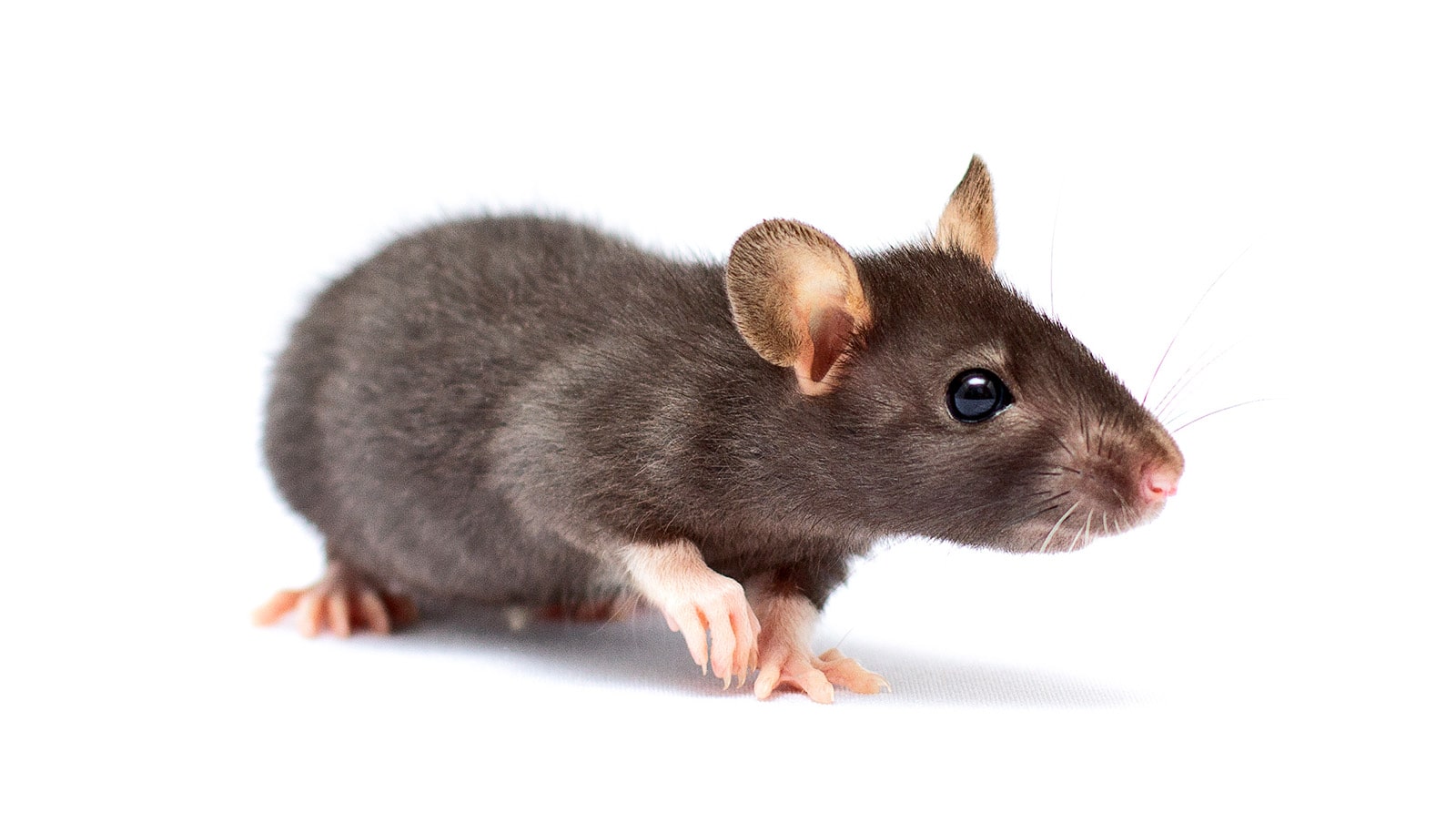A gene called Myc is among the most important drivers of cancer in both mice and humans. It also plays a crucial role in aging, according to a new study.
The research, published in the journal Cell Reports, has implications for newer forms of cancer therapy, researchers say.
Myc (pronounced “mick”) has traditionally been difficult to study because when it’s eliminated in mouse embryos, they die before birth, indicating that the gene plays fundamental roles in normal growth and development.
This made it virtually impossible to understand the role of Myc beyond this embryonic stage, says lead author Edward V. Prochownik, professor of pediatrics in the division of hematology/oncology at University of Pittsburgh Medical Center Children’s and professor in the microbiology and molecular genetics department. To overcome this major hurdle, Prochownik and his team waited until the mice were about one month old to inactivate the gene.
“Given how important Myc is for both normal and cancer tissues, a critical question we had was whether these mice would die just like the embryos did,” says Prochownik. “We waited nervously during the first several days after eliminating the gene in the first group of mice, and we were relieved to find that they survived. This allowed us to study the mice for much longer, which is what we had always hoped to do.”
Within weeks of eliminating Myc, the researchers noted that the mice started to age rapidly: They had grayer coats, lost some of their fur, and were weaker, less coordinated, and less active than normal mice of the same chronological age. They also developed many metabolic abnormalities often associated with aging.
However, despite aging faster, the mice lived up to 20% longer.
“Some people live to 100 and remain quite healthy and active, while others age rapidly and die at 65. What distinguishes these people?”
“At first, we were unable to explain the puzzling finding that the rapidly aging mice lived longer,” says Prochownik. “The answer became apparent only at the end of the study when we compiled autopsy results on mice that died naturally. The rate of cancer in the Myc knockout mice was more than three times lower than in normal mice.”
Prochownik speculates that mice lacking the Myc gene, which is so important for the development of cancer, were unable to develop tumors. This theory is supported by the finding that of the few tumors that did occur in the knockout mice, most re-expressed Myc, indicating that tumors tended to arise from a small population of cells that had managed to escape inactivation of Myc from the very beginning.
The team also analyzed several thousand tissues from young and old people and mice. In both species, normal aging was associated with gradual decline in Myc expression, but not enough to prevent the appearance of various cancers.
“Some people live to 100 and remain quite healthy and active, while others age rapidly and die at 65,” says Prochownik. “What distinguishes these people? Other studies have shown that Myc is expressed at different levels in different individuals, and we suspect that people with naturally lower levels of Myc age more rapidly than those with high levels.”
Dysregulation of Myc has been linked with the development of numerous types of childhood and adult cancers, so many pharmaceutical companies and researchers, including Prochownik himself, are working on developing drugs that inhibit Myc in order to slow or reverse tumor growth.
“Because Myc is expressed in so many types of cancer, if you had a drug that could target this gene, it could be broadly applicable,” says Prochownik. “But our study suggests that you have to be really careful because of potential side effects of premature aging, particularly if you’re developing this kind of drug to treat cancer in children.”
Additional coauthors are from Tongji University; Central South University, the Mayor Clinic, and the University of Pittsburgh.
The National Institutes of Health, the Hyundai Hope on Wheels Scholar Grant, the Rally Foundation for Childhood Cancer Research, and the UPMC Children’s Hospital Foundation supported the work.
Source: University of Pittsburgh



